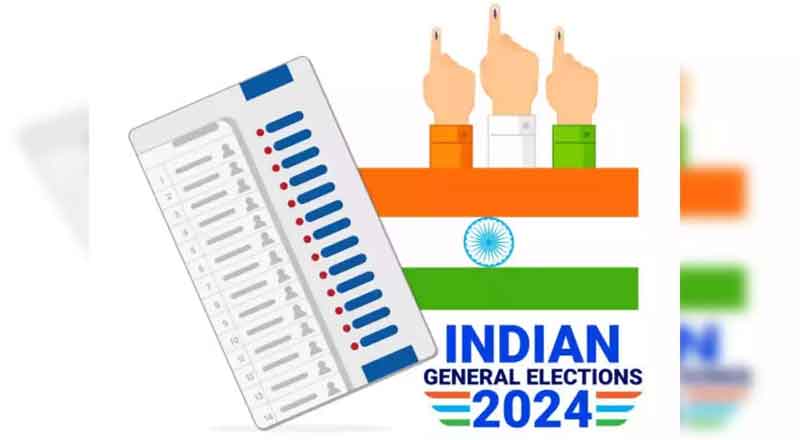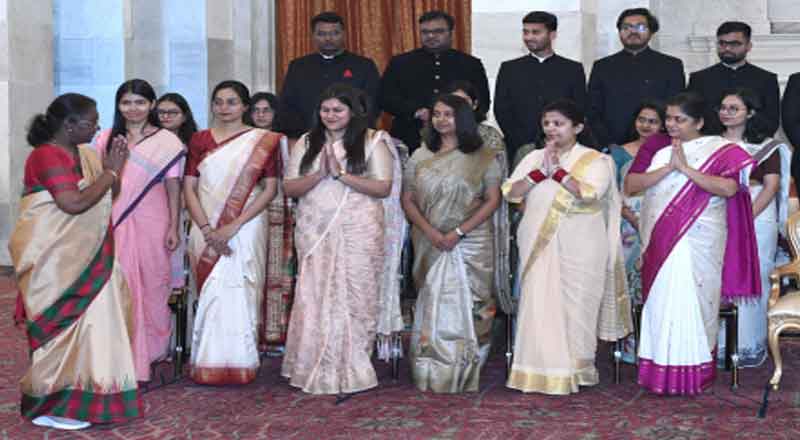What is the connection between H1-B visa and Harley Davidson? There is hardly any, except that both the words start with “H”. The H1-B visa has a direct bearing on the knowledge economy. It is a kind of visa that the U.S. grants to professionals across disciplines, be they belong to the IT industry, architects, lawyers, and engineers. The list goes on. The only overarching criterion is that such talents should not be available indigenously. In the Indian context, this type of visa is mostly availed by the IT professionals who go to the U.S. to take up offshore operations, basing themselves out of the U.S. terrains. Indian professionals get most of the visas under this category, which normally number around 84,000 or so annually.
If the H1-B visa is in the realm of the knowledge economy, then the Harley Davidson represents the brick-and-mortar sector. Indeed, it is the inspirational model of a motorbike. The Trump administration is claiming that the Indian government has artificially jacked up the landed cost of the motorbike by charging an exorbitant import duty on the item, varying between 50 per cent and 100 per cent.
The U.S. claims that the steep rate is beyond reasonable limit and wants it to be brought down to the same level of duty the U.S. is imposing on similar import of bikes from India. The Indian authorities point out that their export of motor bikes to the U.S. is usually below 1,000 annually. Most of India’s exports of cars and motorbikes are destined for Latin America and Mexico. In private, Indian vehicle manufacturers admit that comparison between Indian exports and imports of the bikes from the U.S. is out of sync with reality. However, one can argue that the duty should be reciprocal – not one-sided.
Of late, trade wars have been looming large in the global scene. Many feel that it is a part of Trump’s policy of “Buy America” or “America First”, as it is sometimes referred to. India is not the only country targeted. The European Union, China, Canada, Mexico, and Australia have come under U.S. surveillance and retaliation. The Trump administration has made it very clear that, despite being an ally for many years and partners to the NAFTA agreement, the U.S. will be forced to take punitive measures if its interests are jeopardized.
While Harley Davidson figures prominently in the trading basket of the U.S. with other countries, other products that attracted the wrath of the administration are steel, aluminum, agricultural products, etc. Importantly, the affected countries, including the U.S. allies, are harping on counter retaliation if the U.S. sticks to its guns.
Coming back to India and the trade war, my take is that India’s interest will not get affected the way it is being feared. Headlines suggest that most of the Indian IT professionals will come back soon with their families. H1-B visa restrictions were in the horizon for a long time. Every time it erupts, there will be some calibrated responses and reactions from the government in diplomatically couched-up language and will cobble up some statistics to counter the proposed move. This time around also, there was such a move.
The apprehension is that, if the threat looms large, many will have to return to India, dashing their hope of becoming a U.S. citizen. I feel sorry for such people and their immediate families, but, at the same time, I have a few suggestions to offer based on my own experiences.
H1B visa is meant to bring temporary professionals to fill up the positions, which cannot be filled up by the local people. H1-B had been misused in the past to replace local American employees by low-cost professionals from India, China and other low-cost countries like old Eastern Europe. My main advice for professionals is to develop pertinent skills that the U.S. needs and that are definitely not the conventional software development and solutions. Such modules are fast losing relevance. Our universities should come out with a new curricula in the engineering and technical institutes that are connected with artificial intelligence, robotics, etc which are in huge demand in the U.S. Of course, these are the pivotal tools in the new digital revolution sweeping across the world.
We have to change this trend. It is not that easy. A lot of groundwork has to be done to move in the technology value chain to become highly competitive. That is only possible when we catch up with research and development, incubation, and innovation. There should be a premium on R&D. This can be encouraged by upgrading the research infrastructure, better facilities and perquisites for research workers, engaging cross-country research, and developing good patent registration regime. Laxity in implementing them will further stymie the upward movement in the technology value chain.
There are two types of variables that have to be taken into account while mapping the future manpower requirements of any economy. Foremost is the skill requirement and two, the age profile of the population. The U.S. is known for the frontline technocrats who can innovate and discover. But you require second and third layers of experts and technicians to implement and maintain them. Countries like India are in the forefront to supply them. For undertaking such tasks, a mere body shopping will not suffice the purpose. Those experts have to be there on a continuous basis to look after the peripheral needs of the digital revolution.





